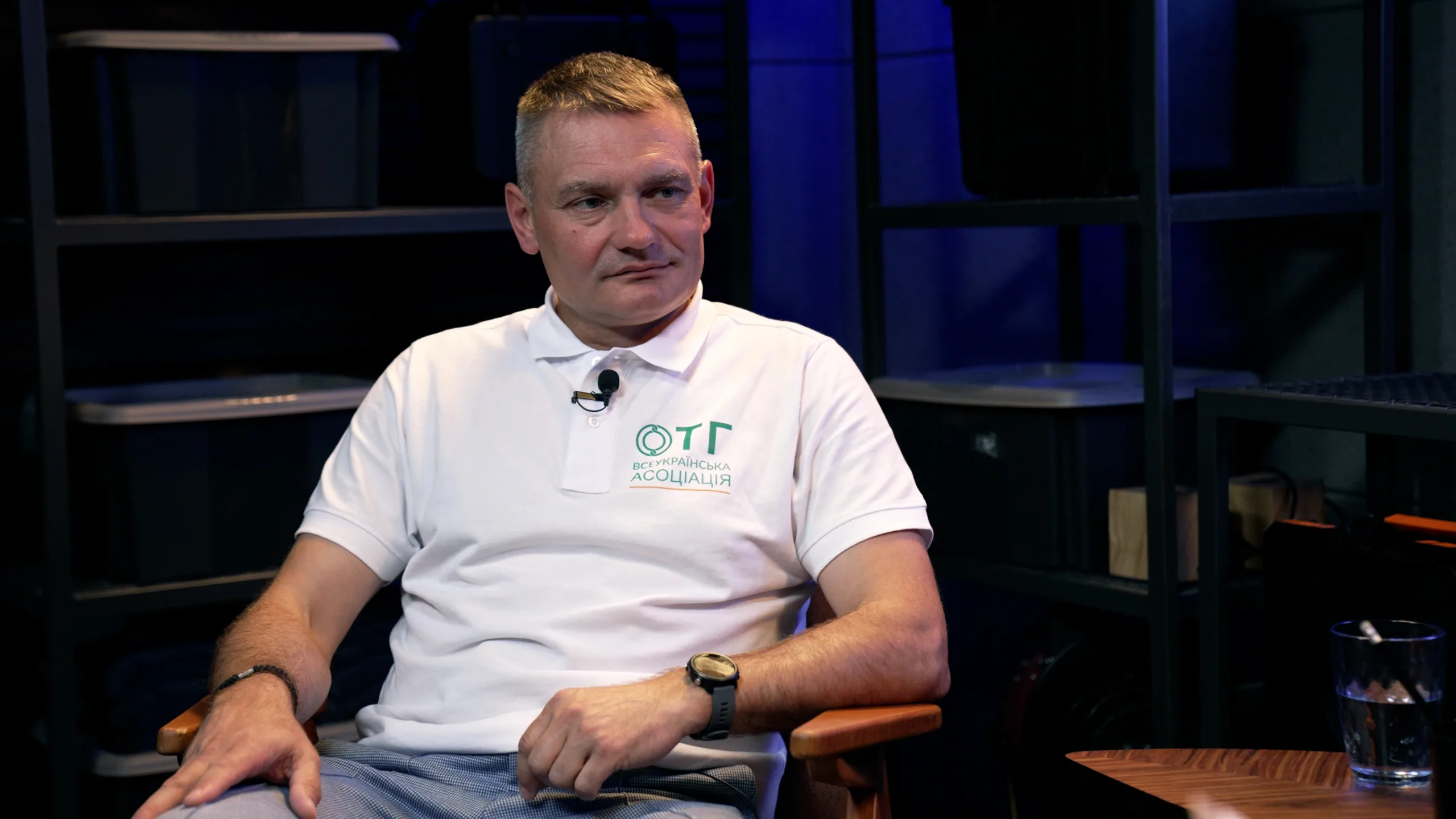How did the role of communities change during the Great War? Why is it the local level that decides what post-war recovery will look like? And who helps hromadas not to break down despite the challenges? We discuss this in an interview with Taras Dobrivskyi, Executive Director of the All-Ukrainian Association of Amalgamated Territorial Communities.
Read also: Kyiv real estate market. Prices, trends, eOselya and the impact of IDPs
Mission of the association
– The website of the Association of Amalgamated Territorial Communities states that it was created to promote best practices in community management and protect their interests. In simple terms, how would you describe what the Association is currently doing and what role it plays in the life of communities?
– The All-Ukrainian Association of Amalgamated Territorial Communities was created as a result of the decentralisation reform. It currently unites more than 850 communities. The main goal is to protect the interests, share experiences, best practices and values of the association. The highest governing body is the board, of course, the general meeting. I head the executive office, we serve the communities, provide consultations, collect analytical information and help solve any issues, even if the answers need to be sought together with central authorities, specialised committees of the Verkhovna Rada and ministries.
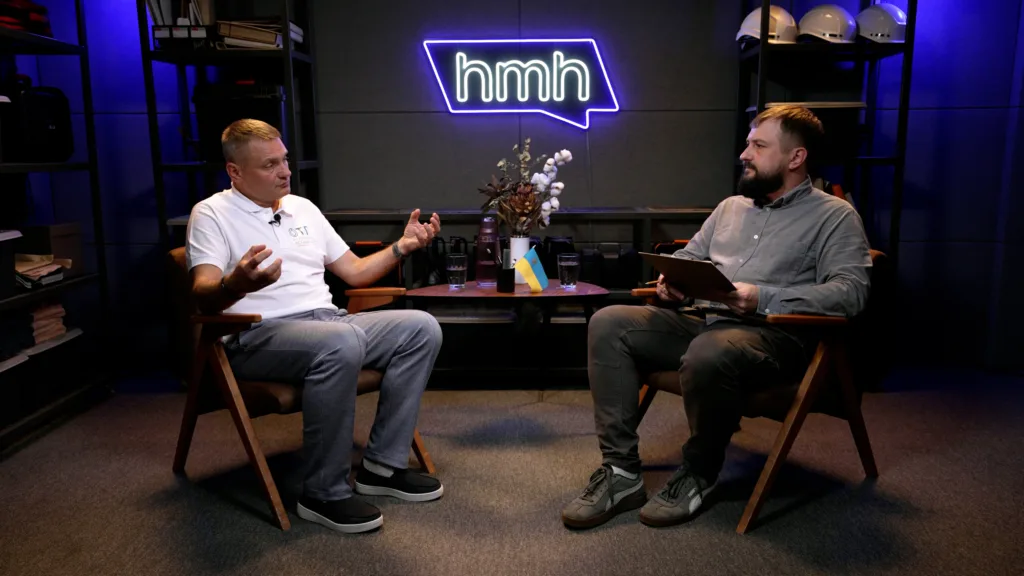
The state of decentralisation
– During the Decentralisation 2024 forum, it was said that the Constitution should be amended to consolidate the results of the reform. How would you describe the current state of decentralisation?
– We understand that constitutional amendments require a majority in parliament, and martial law prevents the reform from being implemented in full. However, the war has been going on for some time now, and there is an understanding in society and the central government that reforms need to be moved forward in parallel. We need to bring people back, strengthen the frontline, and boost the economy so that our soldiers know that their families are safe, children are educated, and communities have quality services. The reform continues in the best European traditions.
Read also: “We are the navigators, and the driver is the Ukrainian Red Cross”. Interview with Michael Kramer about Swiss Red Cross humanitarian mission in Ukraine
Interaction with administrations
– How do you assess the effectiveness of ATCs’ interaction with local administrations?
– There are various examples of cooperation. In times of war, everything is centralised, but without a clear partnership between local governments and higher-level authorities, it is impossible to move forward. We need supervision and control exclusively through the courts. Effective interaction between all branches of government is based on the value of life and improving the quality of life.
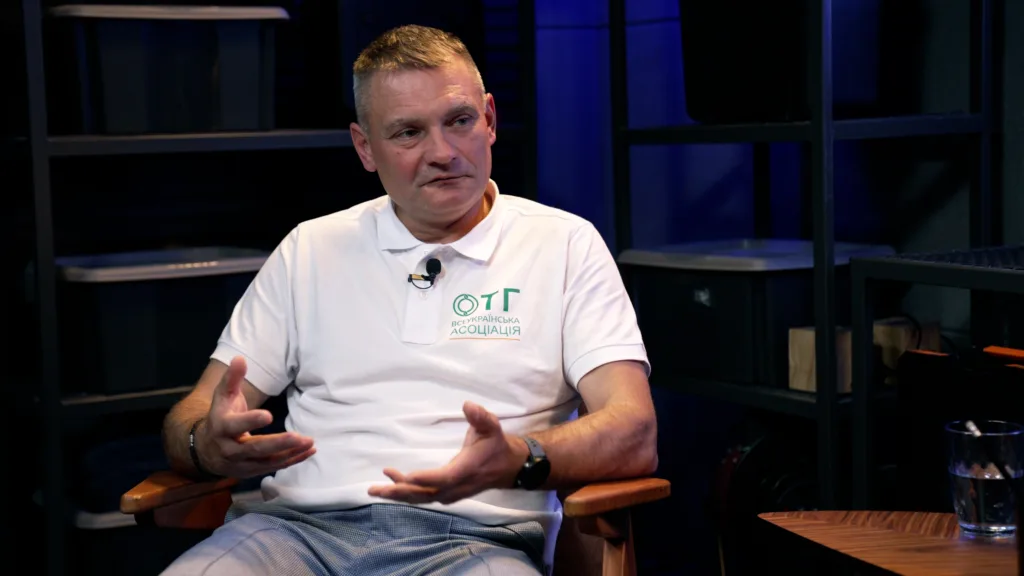
Communities challenges
– What role can communities play in the post-war reconstruction of the country?
– Reconstruction is impossible without communities. The experience of adopting laws on cooperation between communities and central authorities has proved to be effective. If there are problems in the legislation, the Association promptly informs the central authorities and promotes changes.
– What are the most problematic issues for AHs now?
– Filling budgets and administering local taxes. We held a training session with the Polaris project with MPs and experts to show how to improve tax collection even under the current legislation. We have also started working with Ukrposhta to share databases.
Read also: “Your neighbours are the first rescuers” – Magali Mourlon on localisation of aid and community resilience
Cooperation with donors
– What difficulties do hromadas face when cooperating with donors?
– There are not always specialists in project writing. We have held three schools on project management, teaching how to write applications and apply for grants. Once a month, we publish a selection of grants and send it to the members of the association. There are enough European donors and resources, but it is important to teach communities to use these opportunities.
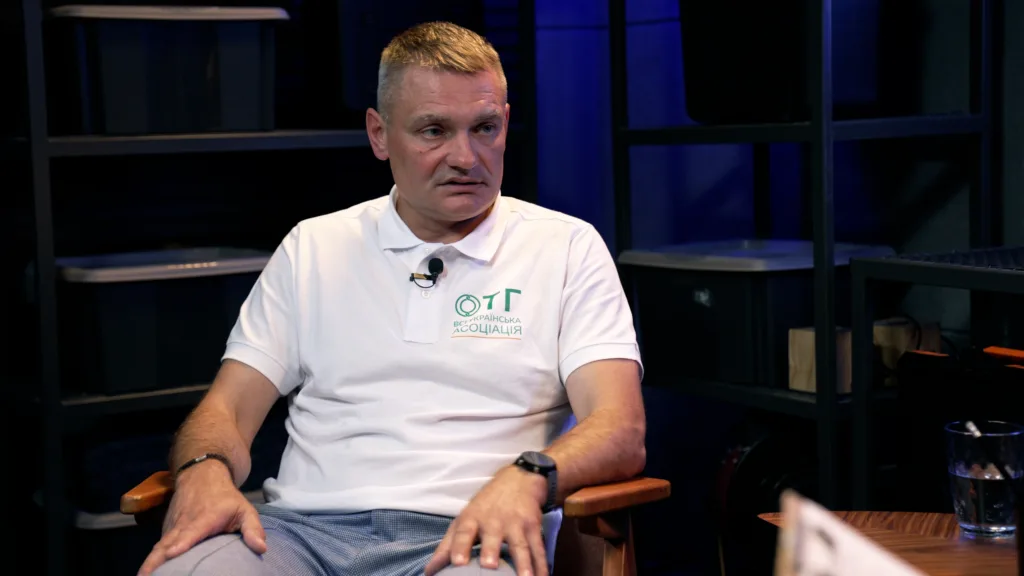
– Does the association support community capacity building in other areas?
– Yes, we have 20 thematic platforms that our experts run. Community leaders and experts discuss laws, needs and requests. This allows the association to quickly inform about changes and provide prompt advice.
Community to Community Initiative
– Tell us about the Community to Community project.
– After 24 February, the association coordinated the evacuation of people using the community contact database. We delivered yeast for bakeries and medicines to the frontline communities through the Community to Community programme. This project lasted for 2-3 months, and European humanitarian funds joined it. Now, “Hromada to Hromada” operates at the state level with the support of ministries.
Read also: What is the future of Ukrainians abroad? The experience of a community in Sweden
Work of community heads
– Imagine you are the head of a hromada. What are the first steps you will take to improve people’s lives?
– Today, the work of a hromada head is the work of a crisis manager with enormous responsibility. It requires trust, interaction with deputies and residents. The result depends on honesty, fairness and daily systematic work. Where the head unites deputies and residents, decentralisation reforms are most successful.
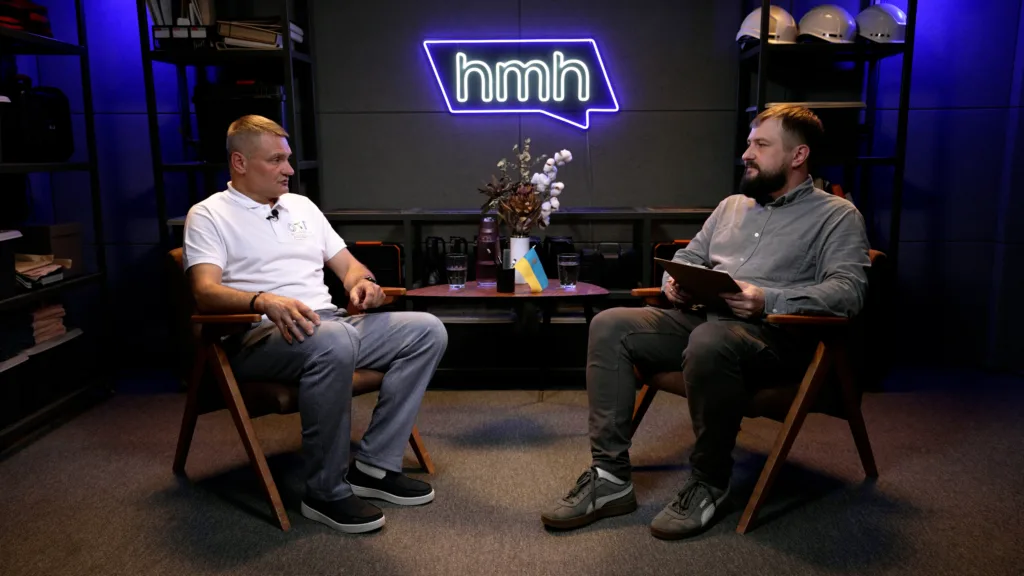
Motivating leaders
– What motivates you most about working with communities during the war?
– Local self-government is the frontline. The reform has enabled hromadas not to wait for commands from above and act independently. The genetic heritage of Ukrainians is not to give away what is theirs. I have been in self-government since 2002 and believe that it is the driving force behind the reforms.
Read also: How the Ukrainian Red Cross has changed over the three years of the Great War
The need for support
– How has the community’s need for support changed since 24 February?
– It has grown many times over. We need legal, technical, advisory assistance, business relocation, support for soldiers and IDPs. The Association collects challenges, informs and coordinates responses. We are a communication platform for collecting and disseminating information and best practices.

Transparency of donor assistance
– How can hromadas demonstrate efficiency and integrity to donors?
– Public reporting on their pages – publishing documents, photo reports, videos. Our partners have developed a portal that shows the movement of cargo with the recipients’ passport data, which increases donor confidence.
Self-government space
– To what extent do hromadas have real space for self-government?
– Communities have every opportunity if they establish relations with military administrations. Local self-government is alive and well, despite psychological pressure from different levels of government.
Read also: “Security is a common cause”. Interview with Tetiana Nehaichuk about hromadas
Retention of human capital
– How to create conditions for young people not to leave and return to their communities?
– This is a set of measures: patriotic education, modernisation of schools and kindergartens, creation of a safe environment, support for business through benefits and grants, and microcredits. Economic development and security are key to retaining the population.
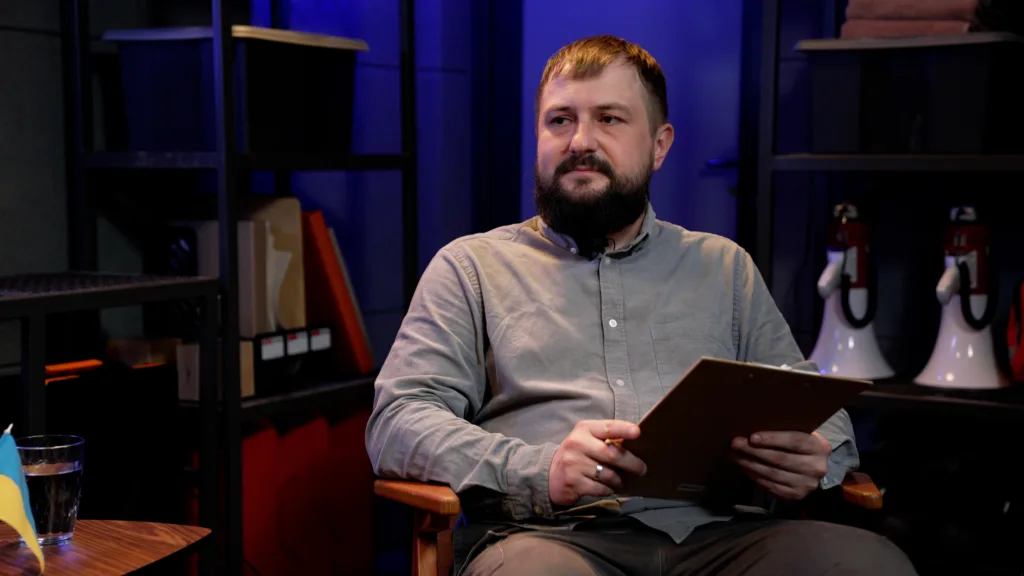
Disappointment with decentralisation
– What disappoints you most about the reform implementation?
– Indifference of various branches of government. This is the issue that worries me the most. But I am confident that we are doomed to succeed and will never be broken.
Final word
– What would you like to say to Ukrainians?
– Our energy, sincerity, courage and strength are the only values that will help us return to Europe and preserve our independence. We must be strong and united.
Read also: ‘We are here to listen to you and work as equal partners’ — HLF teamlead Gritt Richter



